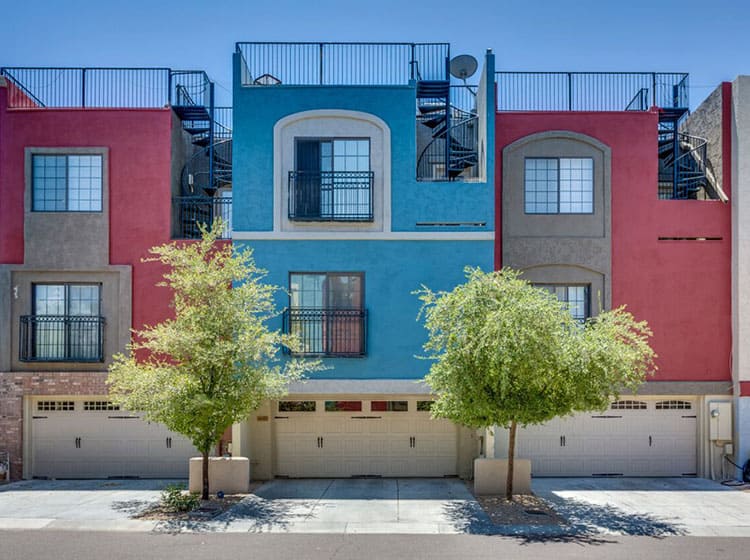Discover The Impact Of Seasonal Elements On The Efficiency Of Commercial Outside Paint And Recognize The Optimum Times To Achieve Long-Lasting Outcomes For Your Project
Discover The Impact Of Seasonal Elements On The Efficiency Of Commercial Outside Paint And Recognize The Optimum Times To Achieve Long-Lasting Outcomes For Your Project
Blog Article
Published By-Korsholm Urquhart
When you're intending a business external paint task, seasonal aspects can make or damage your results. You'll want to consider how temperature and humidity effect paint application and drying times. Picking the right season can ensure your paint sticks correctly and lasts much longer. But which periods are really the best for this kind of job? Allow's explore the key elements that can affect your task's success.
The Influence of Temperature on Paint Application
When you're intending a business external painting job, the temperature can considerably affect just how well the paint sticks and dries.
Preferably, you intend to paint when temperatures vary in between 50 ° F and 85 ° F. If it's as well chilly, the paint may not cure properly, bring about concerns like peeling or fracturing.
On the other side, if it's also warm, the paint can dry out as well rapidly, preventing proper attachment and resulting in an unequal surface.
local commercial painters need to likewise consider the time of day; early morning or late afternoon offers cooler temperatures, which can be extra desirable.
Constantly inspect the producer's suggestions for the specific paint you're utilizing, as they typically provide guidance on the ideal temperature array for optimum results.
Moisture and Its Impact on Drying Times
Temperature isn't the only environmental variable that influences your business outside paint project; moisture plays a considerable role as well. High humidity degrees can reduce drying out times drastically, impacting the overall top quality of your paint task.
When the air is saturated with wetness, the paint takes longer to treat, which can bring about problems like inadequate bond and a higher threat of mildew development. If you're painting on a particularly humid day, be prepared for prolonged wait times in between coats.
It's important to monitor regional weather and strategy as necessary. Ideally, doors in tulsa for moisture degrees in between 40% and 70% for optimal drying.
Keeping these consider mind guarantees your task remains on track and provides a long lasting finish.
Best Seasons for Commercial Exterior Paint Projects
What's the very best season for your business exterior painting projects?
Spring and very early autumn are generally your best choices. Throughout these periods, temperatures are light, and humidity degrees are frequently lower, producing ideal problems for paint application and drying.
Avoid summer season's intense heat, which can trigger paint to dry as well rapidly, resulting in bad adhesion and surface. Likewise, winter season's cold temperature levels can prevent appropriate drying out and curing, taking the chance of the long life of your paint task.
Go for days with temperature levels between 50 ° F and 85 ° F for optimum results. Keep in mind to check the neighborhood weather forecast for rain, as damp conditions can ruin your project.
Preparation around these variables ensures your painting project runs smoothly and lasts longer.
Verdict
To conclude, intending your business outside paint jobs around seasonal considerations can make a substantial distinction in the outcome. By scheduling job during the excellent temperature levels and humidity levels, you'll guarantee better bond and drying times. Bear in mind to keep an eye on regional weather prediction and pick the right time of year-- spring and very early autumn are your best bets. Taking these actions will aid you accomplish a durable and specialist coating that lasts.
